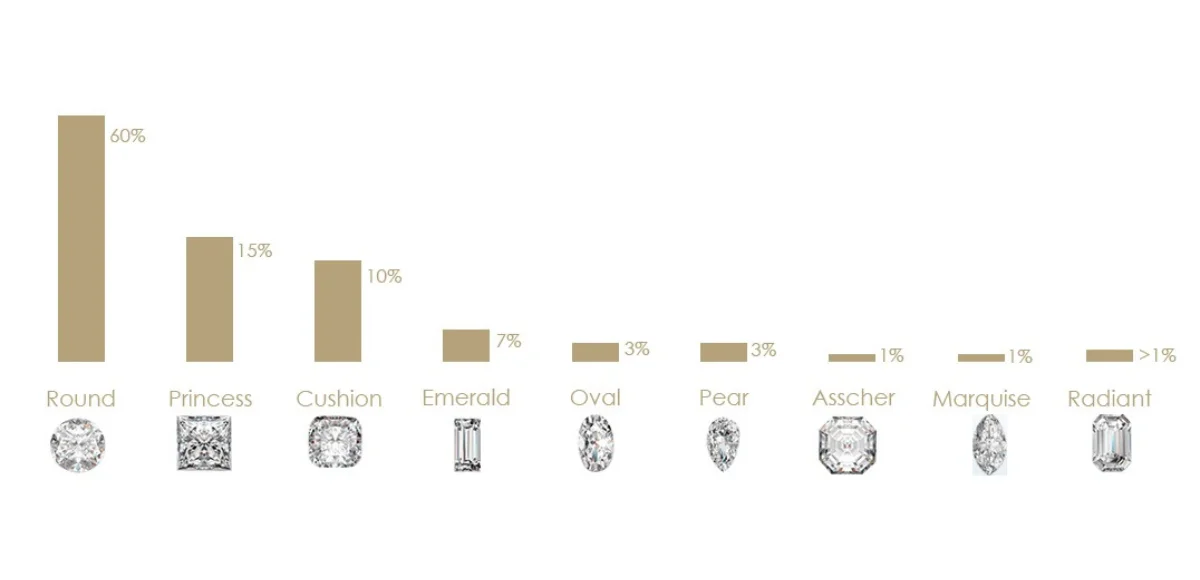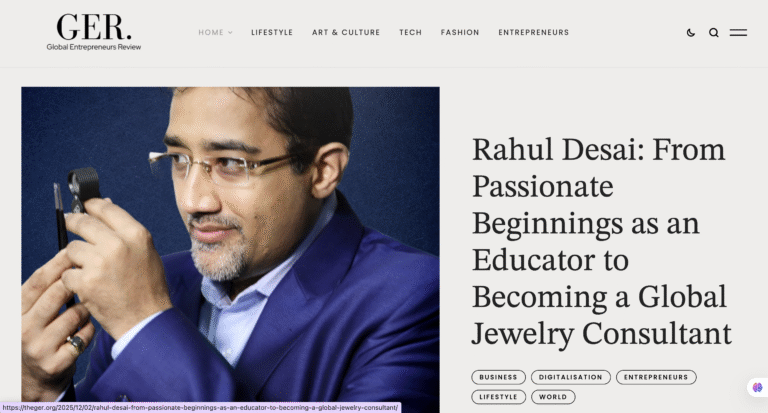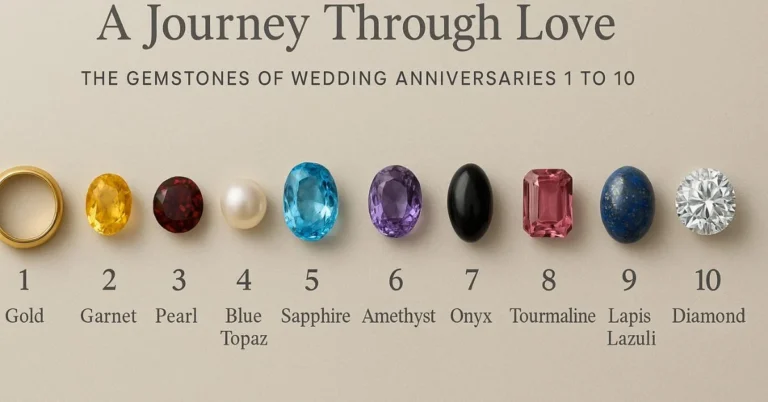No products in the cart.

A diamond’s shape is one of its most defining and recognizable characteristics. It captures not only light, but also personality, emotion, and individuality. Whether for engagement rings, heirlooms, or fine jewellery, understanding diamond shapes is essential in appreciating their visual appeal and gemological significance.
In this blog, the International Institute of Gemology (IIG) offers an educational overview of the most popular diamond shapes, their features, and key considerations to help you make informed decisions—whether you’re a student, a buyer, or a jewellery professional.
Understanding Shape vs. Cut
Before diving into specific shapes, it’s crucial to distinguish between shape and cut, two terms often used interchangeably but with different meanings in gemology:
While one might say “Princess Cut” or “Round Cut,” it is technically more accurate to refer to the shape as Princess or Round, and discuss the cut grade separately.
How to Choose the Right Diamond Shape
Selecting a diamond shape is often a matter of personal preference. It should align with the wearer’s style, aesthetic, and the symbolic meaning one wishes to convey. While Round remains the most popular globally, several other shapes offer unique advantages and visual appeal.
Here’s a breakdown of 10 timeless and widely appreciated diamond shapes:
Understanding Length-to-Width Ratio (L:W)
For fancy-shaped diamonds (all shapes except Round), Length-to-Width Ratio is a vital metric. It determines how square, elongated, or proportionate the diamond appears.
What is the Bow-Tie Effect?
The Bow-Tie Effect is a visible shadow or dark area that sometimes appears across the center of certain fancy shapes—particularly Pear, Marquise, Oval, and Heart. While common, the extent of this effect varies with cut quality.
Conclusion: Let the Shape Reflect the Story
A diamond’s shape does more than define its appearance—it tells a story. Each cut carries with it symbolism, craftsmanship, and centuries of evolving design. Understanding the characteristics of different shapes helps you not only appreciate their beauty but also make more informed decisions as a consumer or gemologist.
At the International Institute of Gemology, we believe in empowering learners and professionals through deep knowledge and practical insights. Whether you’re a jewellery buyer, an industry professional, or a student of gemology, choosing the right diamond shape is a journey of discovery—and we’re here to guide you every step of the way.
For more educational articles, expert insights, and gemological training programs, visit www.iigindia.com






Not a member yet? Register now
Are you a member? Login now